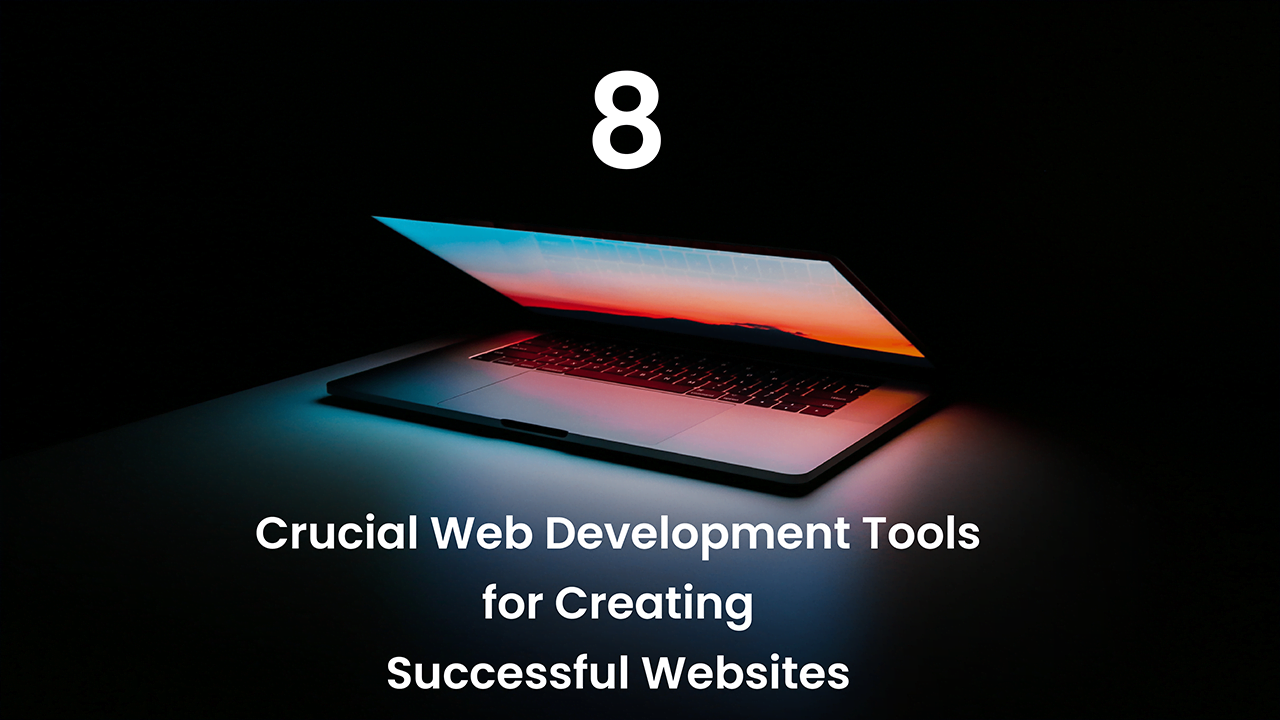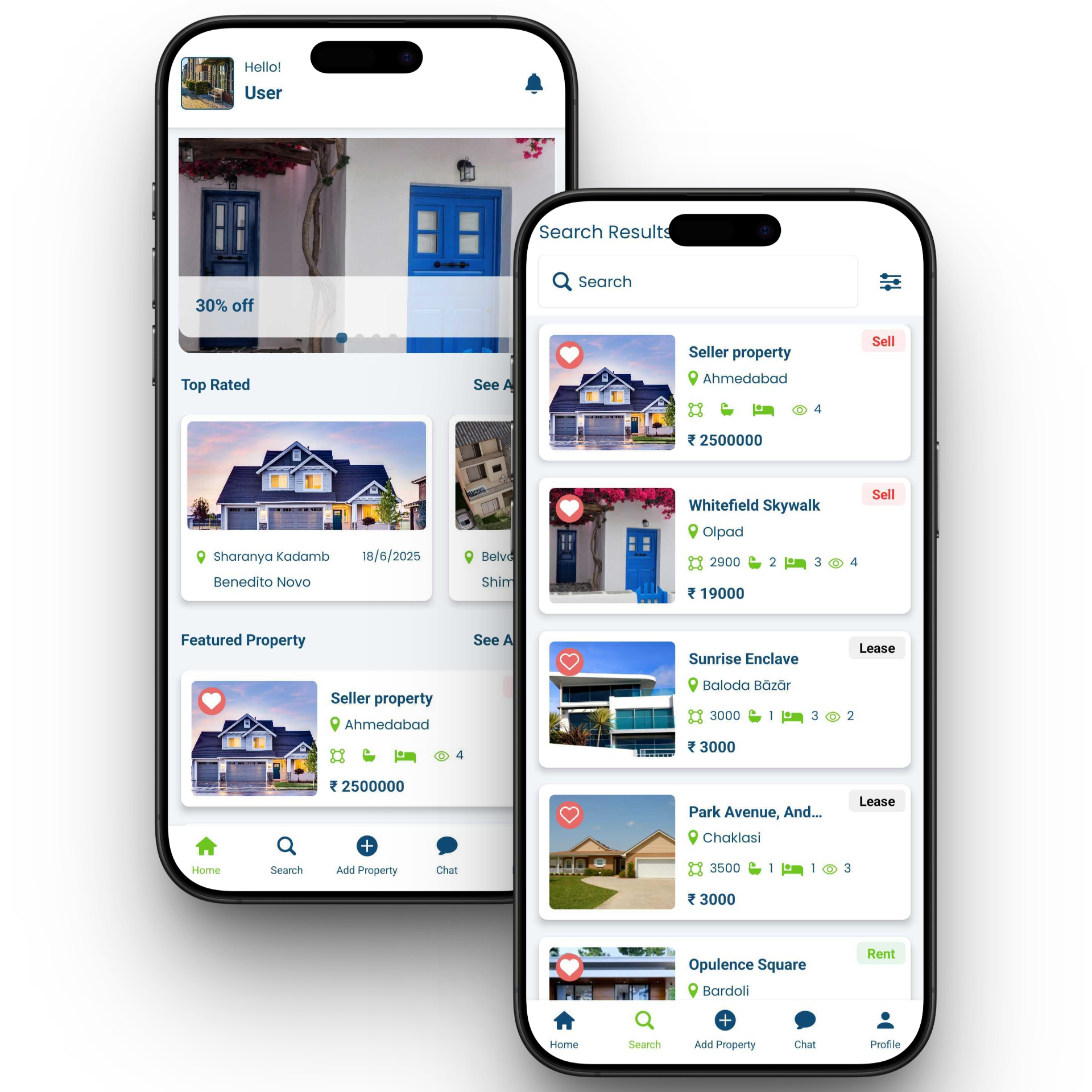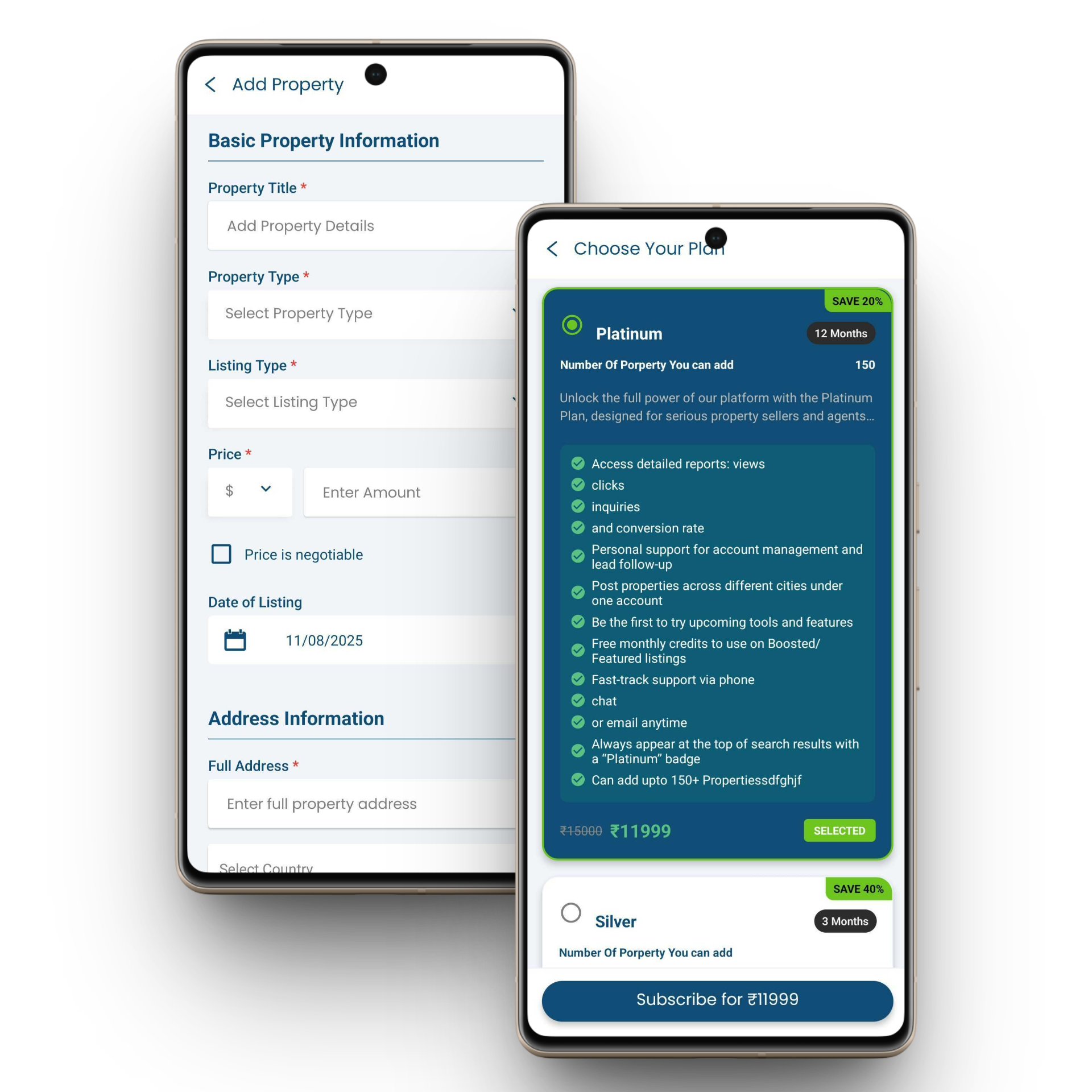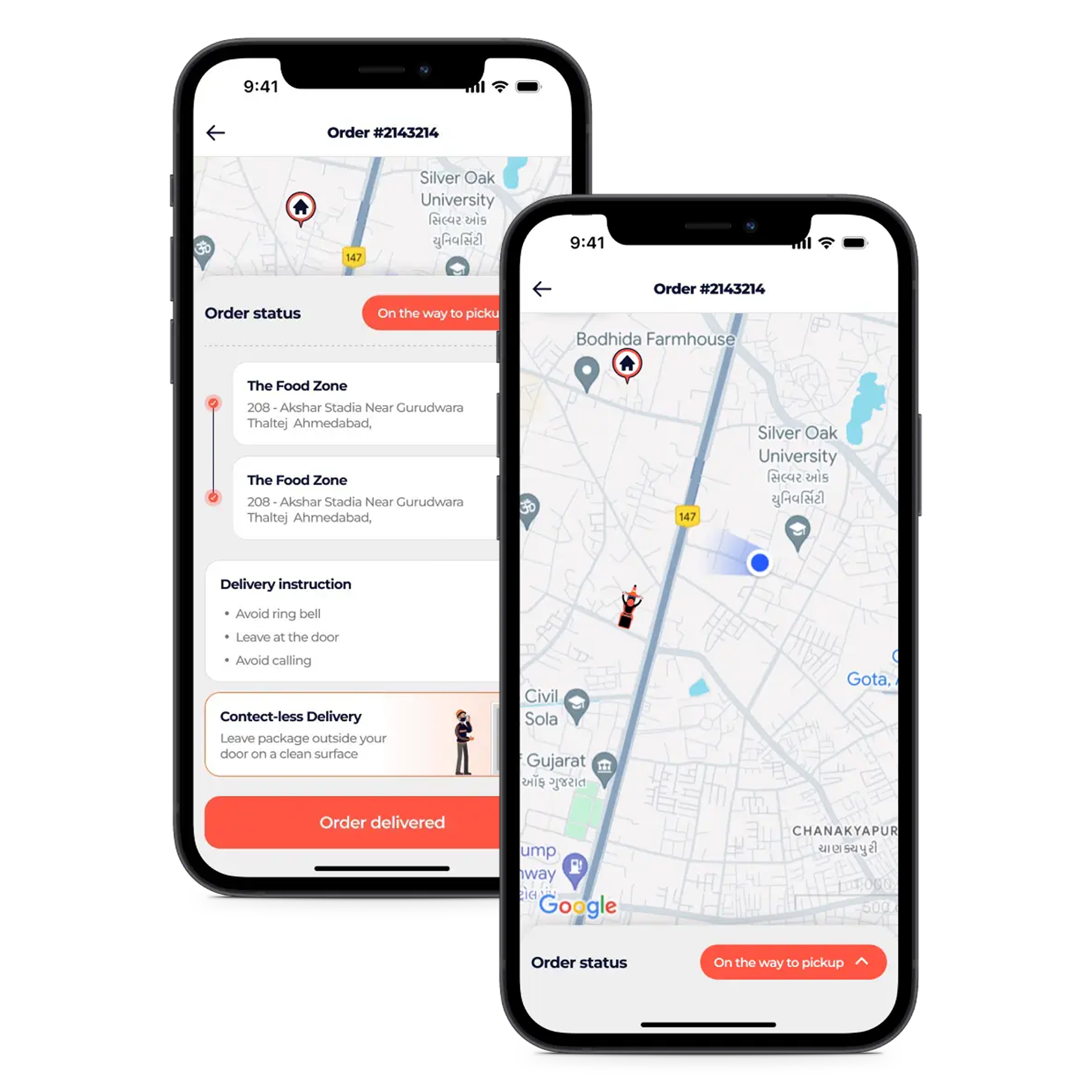Why 70% of Business Logic Lives in Your UI Layer & Nobody Prepares for It
For years, the frontend was treated as “the place where screens are designed.”
But today, that definition is outdated and dangerously limiting.
Modern applications rely on real-time interactions, dynamic dashboards, offline capabilities, advanced routing, state machines, API orchestration, and micro-interactions that users expect to feel instant and flawless.
The truth is simple:
👉 Frontend is no longer a thin UI layer. It’s now where most of your product logic actually lives.
Across all industries teams are discovering that nearly 70% of practical business logic is handled in the frontend before it ever touches the backend.
Most companies are not prepared for this shift.
Let’s break down what changed, why it matters, and how product teams can build frontends that are stable, scalable, and easy to maintain.
The Evolution: How Frontend Became the Real Execution Layer
1. Modern Products Require Real-Time Everything
Dashboards, charts, notifications, validation, live sessions, chat, streaming…
Most of it is executed before the server is even called.
Example:
When a customer updates pricing on a SaaS panel, the frontend handles
- calculations
- conditional rules
- applicable taxes
- allowed ranges
- UI updates
- temporary state
long before sending the final payload to the backend.
This isn’t “just UI.”
This is core business logic happening in the browser.
2. Frontend Now Performs Heavy Data Processing
Thanks to libraries like:
- RxJS
- Zustand / Redux Toolkit
- TanStack Query
- D3.js / ECharts
- Web Workers
- WASM (WebAssembly)
Frontend apps handle:
- pagination
- sorting
- filtering
- mapping
- transformations
- debouncing
- caching
- optimistic updates
You used to need a backend for this. Not anymore.
3. Offline-First Systems Push Logic to the Client
Progressive Web Apps (PWAs) and offline-enabled SaaS systems require storing and processing data locally.
This requires:
- business rules
- conflict resolution
- error states
- local DB sync (IndexedDB, Dexie, localForage)
All of this is handled in the frontend application layer.
4. Authentication & Authorization Are Largely Frontend-Controlled
Even if the backend issues the token, the frontend controls:
- guard routes
- session management
- refresh flows
- role-based UI
- feature flags
- access rules
In many apps, 30–40% of auth logic exists in the frontend yet most teams underestimate it.
The Misalignment: Nobody Designs for Frontend Complexity
Most companies still treat frontend as:
- “just React work”
- “just styling”
- “not complex”
- “simple UI tasks”
But the reality is:
👉 A modern frontend engineer is basically a full-stack engineer with specialization in the client-side execution environment.
👉 Most tech debt in startups today is frontend architecture debt, not backend.
👉 Most product delays today come from frontend state complexity, not API failures.
Companies are unprepared because they don’t invest in:
- proper frontend architecture
- state management patterns
- performance profiling
- UI-level security
- scalable component systems
- testing (unit, integration, and visual regression)
So, the frontend becomes the bottleneck even if backend is perfect.
What This Means for Businesses
1. Frontend is Now Your Product’s Stability Layer
If the frontend breaks:
- the user can’t onboard
- payments fail
- the dashboard looks wrong
- features feel broken
- customer trust drops instantly
Frontend has become the place where errors become visible.
2. You Need Frontend Engineers Who Think Like System Architects
The new frontend demands:
- architectural design
- API thinking
- understanding of caching layers
- asynchronous flows
- modular component systems
- security knowledge
- accessibility
- high-performance rendering
This isn’t “HTML & CSS”.
This is engineering.
3. You Need Frontend QA, Not Just Browser Testing
New QA requirements:
- visual regression testing
- async workflow testing
- state machine testing
- multi-device performance checks
- edge-case validation rules
Companies that skip this will keep shipping bugs that users see instantly.
4. You Need a UI Layer That Reduces Backend Load
Ironically, a strong frontend reduces backend costs by:
- caching smartly
- handling validations client-side
- using optimistic updates
- delaying unnecessary API calls
- batching responses
The result?
A faster product with lower cloud bills.
How We Build Frontends for 2025 and Beyond
At BrainerHub, we treat frontend as a core engineering discipline, not a cosmetic layer.
Our deliveries focus on:
✓ Scalable state architecture
✓ Server-state engines
✓ Micro frontend patterns for large enterprises
✓ UI-level security
✓ Optimized rendering & Core Web Vitals
✓ API orchestration in the frontend
✓ Reusable design systems
✓ Performance-first engineering
We don’t just build pages.
We build engineering-grade frontends that hold 70% of your product logic reliably.
Conclusion: Your Frontend IS Your Product
Whether you’re building a marketplace, SaaS dashboard, CRM, analytics tool, or consumer app your frontend is where your customers experience your product logic.
It’s where decisions are made, rules are enforced, and interactions happen.
Frontend is no longer the layer you think about last.
It’s the layer your entire product depends on.
Do you have a project in mind? Talk to the experts.
Get in Touch
We’d love to resolve your queries with personalized assistance.
Contact us
Our Office
D-101/102/501/601 Titanium Square Building, Near Thaltej Cross Road, Sarkhej - Gandhinagar Highway, Ahmedabad, Gujarat 380059
















